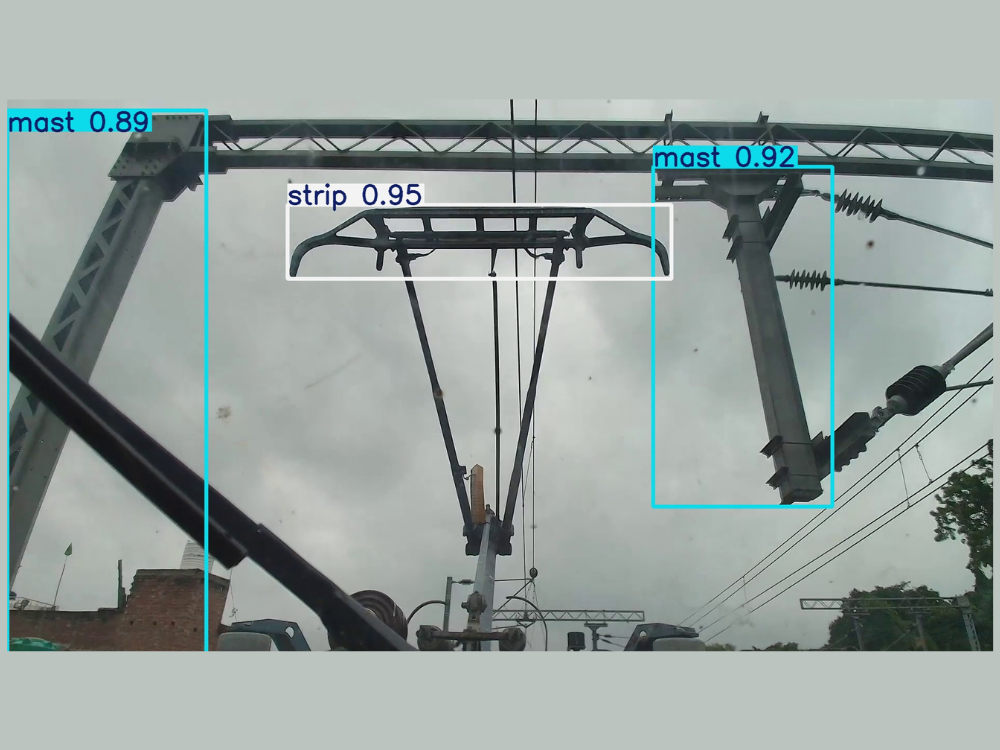Discover how Brainy Neurals helped a government railway improve safety and reduce delays by using AI and computer vision to check and measure railway systems quickly and accurately during maintenance runs.
Industry: Public Transportation | Government Railways
Problem
Government railways struggled with safety risks and service disruptions due to manual inspections failing to identify micro-level faults in overhead systems. Issues such as pantograph wear, wire misalignment, and connection instability often remained undetected until critical failures occurred, leading to costly downtime.
Challenges
- Detecting small but critical defects (e.g. misalignments, wear, connection instability) across extensive routes at high speed
- Ensuring high accuracy with minimal false positives
- Maintaining reliable performance regardless of lighting or weather conditions
- Selecting cameras capable of capturing high-clarity depth and visual data at operational speeds
- Ensuring detection reliability across diverse lighting and weather conditions
Solution
Brainy Neurals deployed an advanced Edge AI-powered computer vision system on railway wagons. Using high-frame-rate cameras and depth sensors, the solution intelligently detected and measured critical parameters of railway infrastructure components – including pantographs, masts and other assemblies – during high-speed operations.
The AI models processed data in real time to identify wear, misalignments, or deviations from safety standards, and generated precision GPS-tagged alerts. Maintenance teams accessed these insights via a robust desktop-based interface, enabling proactive decision-making and targeted intervention planning.
Technologies
Edge AI | Computer Vision | High FPS Cameras | Depth Sensors | GPS Integration
Results
- Transformed inspections from manual to intelligent, measurement-driven operations
- Enabled predictive maintenance, reducing unplanned downtime
- Improved emergency response with accurate, GPS-based location tagging
- Increased team productivity through a significant reduction in false alarms
- Achieved an 87% reduction in unexpected failures and a 62% drop in service delays








